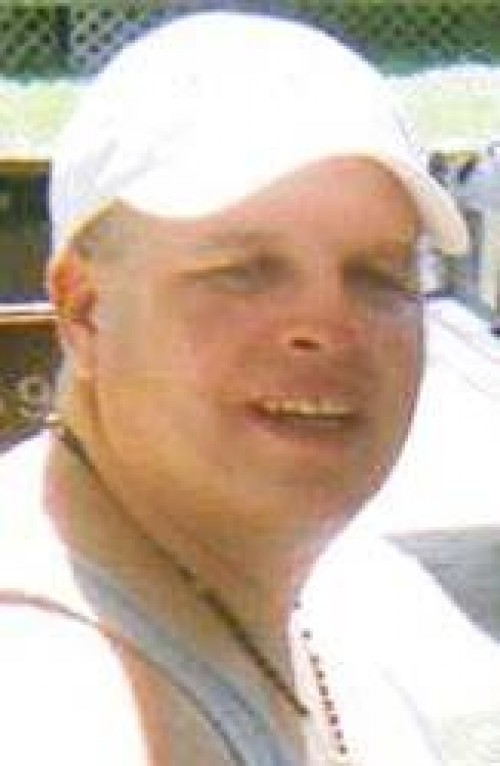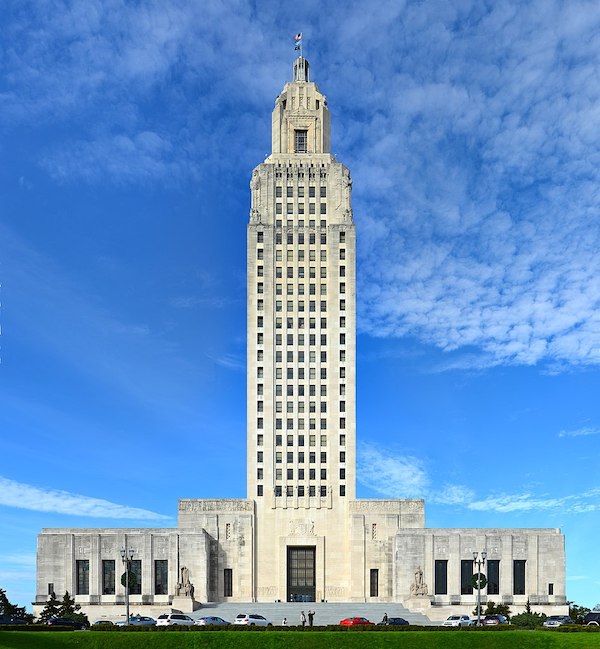
Christopher Jude Medice
June 30, 2008July 12 Centerstage Singing Competition (Houma)
July 2, 2008The second meeting in Houma of the Morganza-to-the-Gulf Technical Review Panel on Thursday turned into a plea for help from Terrebonne Parish officials.
The eight-member panel, made up of scientists and engineers based in Louisiana, is meeting monthly through October to gather information about the mainly federally-funded Morganza project, which will bring hurricane protection levees to Terrebonne Parish for the first time.
“We lose economic development because of the lack of (hurricane) protection,” Parish President Michel Claudet told the panel. “People are scared of a hurricane coming without protection.”
“This is coming down to the survival of our community,” he said.
“There’s nothing here now,” said Jerome Zeringue, the former Terrebonne levee district director who is an assistant in the Governor’s Office of Coastal Activities. “Anything would be better than what we have now.”
Morganza’s levees will form a barrier running across most of southern Terrebonne and part of Lafourche parishes.
The project has received only partial funding, however. The U.S. Army Corps of Engineers – which will build most of the levees – has said it will have to do a reevaluation because cost estimates for Morganza were far too low.
In addition, the corps wants the levees built much higher. The agency has indicated it may alter the levee alignment because of erosion along the Louisiana coast, which would set the project back substantially.
“Please don’t realign this thing,” Terrebonne Levee District Board President Tony Alford told the panel. “If you realign it, Terrebonne Parish is doomed. I know what we went through to get the first alignment. We’d be thrilled to get a 10-foot levee.”
“Any change in alignment will be studied and studied, and engineered,” Claudet said.
Four alternatives to Morganza have been proposed to protect Terrebonne against flooding from hurricanes, Zeringue said, including the well-publicized “Multiple Lines of Defense Strategy” advocated by the Lake Pontchartrain Basin Foundation.
The panel, organized by the state Coastal Protection and Restoration Authority, will issue its report in November.
The first meeting in May focused on the proposed Morganza levees and the ones already being built by the Terrebonne Levee District as part of the local match for the project.
The second meeting Thursday was intended to give the panel an overview of Terrebonne Parish’s natural environment and its economy, with presentations by environmental impact manager Michele Deshotels, Corps of Engineers economist Brian Maestri and interim Parish Manager Pat Gordon, who formerly headed the parish’s Planning and Zoning Department.
Gordon said that 90 percent of Terrebonne is wetlands and open water. Eight percent of the firm land is suitable for development; half of the developable land is vacant.
Montegut, Chauvin, Grand Caillou and Dularge are all located in environmentally sensitive areas with scant room for growth.
Little or no zoning exists outside of the Houma area, though the parish is pushing to regulate more areas, according to Claudet. The 2003 Terrebonne Comprehensive Master Plan, which outlined future land-use patterns in the parish, said residents outside Houma are resistant to zoning efforts.
“Housing is a problem,” Gordon told the panel. “If it could keep up with industrial growth, we’d be fine.”
During Gordon’s presentation, the basis for the entire Morganza project was met with skepticism by panel member Robert Twilley, an LSU environmental scientist.
“This land use is putting structures at risk,” Twilley said. “How do you justify these increased protection projects?”
Twilley questioned what happens “when we allow communities to build walls outside of concentrated population areas.”
“I’ll just put it on the table: Why do we need a wall to protect wetlands?” he said. “For the state, should we spend (funds) for these protections? I must ask tough questions. Are these developments relevant?”
Claudet said the northern part of Terrebonne is safest, joking that East Baton Rouge Parish would be even more safe.
With new British Petroleum and Weatherford facilities, the Louisiana Highway 311 corridor near U.S. Highway 90 “is fixed to explode,” he said, but still “we need something to be done.”
“Thank God we have a strong economy,” Alford said. “Otherwise, people would move out and only build in the northern part of the parish.”
Panel member Tim Ryan, chancellor of the University of New Orleans, said the presence of the oil industry in Terrebonne should make the parish’s economy strong.
“If you have some security and protection, you should see more development,” said Ryan, who is also an economist. “It seems that if there was available land, this is an area that could grow with certainty. But there needs to be protection for investments.”
Ryan said that Terrebonne has “interspersed assets in among sensitive areas.”
He pointed out that flooding from the salt water in the Gulf of Mexico is more corrosive than the recent freshwater flooding in Iowa coming from the Mississippi River. The Houma Navigation Canal is a conduit for the intrusion of salt water, Maestri said.
“If we’d just had levees, we wouldn’t have had repetitive losses” in southern Terrebonne from hurricanes, Claudet told the panel. “Salt water is coming up further and further. We have to draw a line in the sand.”
“Or maybe a line in the marsh,” Ryan said.
Panel member Shirley Laska, a University of New Orleans sociologist, reassured Terrebonne Parish residents. “We care as much as you do about your community,” she told Terrebonne Parish officials. “Houma has a future by staying connected to the coast.”










